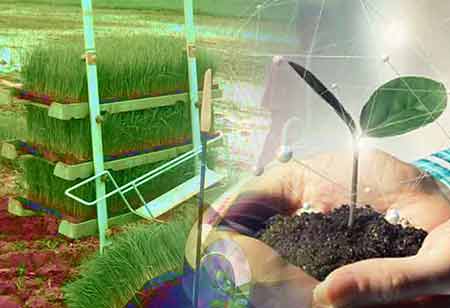Thank you for Subscribing to Agri Business Review Weekly Brief
How Fisheries Benefit From IoT and AI
It is critical Guaranteeing the sustainability of the wild fish and seafood supplies, and regulators can now have information from satellite imagery,

By
Agri Business Review | Monday, June 06, 2022
Stay ahead of the industry with exclusive feature stories on the top companies, expert insights and the latest news delivered straight to your inbox. Subscribe today.
IoT devices and AI help the wild fishing industry improve its operational costs, with insights to optimize the maintenance of fleets using AI predictive maintenance and reduce fuel consumption.
FREMONT, CA: IoT technology and artificial intelligence technologies are helping wild fishing, sea, and land-based fish farms safeguard global food security, ensuring sustainable and economic practices. Here are five ways that IoT is changing aquaculture.
Over Fishing
It is critical Guaranteeing the sustainability of the wild fish and seafood supplies, and regulators can now have information from satellite imagery, along with the drone, onboard, or underwater IoT devices. This data can be collected and used to monitor the catches' location of vessels and enforce sustainable fishing practices.
Precision Fishing
IoT devices and AI enable fisheries with insights to optimize where and when they fish, sensors that detect the fish and catch size, and onboard cameras that assist with sorting the catch.
Health & Welfare
Early detection of a disease outbreak can help farmers intervene before an attack occurs, such as fish lice or a drop in the water quality can be catastrophic and improve fish welfare. IoT sensors can provide data on fish behavior, water conditions, and physiology to smart fish farms, producing AI models for the early detection of less than adequate conditions.
Feeding Optimization
Smart fish farms use feeders that mainly depend on vibration and acoustic signals, such as efishery, which helps with more accurate feeding.
Harvest Optimization
Harvest based on predicted mortality, the size of the fish, and the current market price to help get a premium return can be achieved by creating complex models. In addition, using data to model the reproduction, growth, and maturation of a species combined with live data can help optimize rearing and help farmers plan for the optimum harvesting time.





